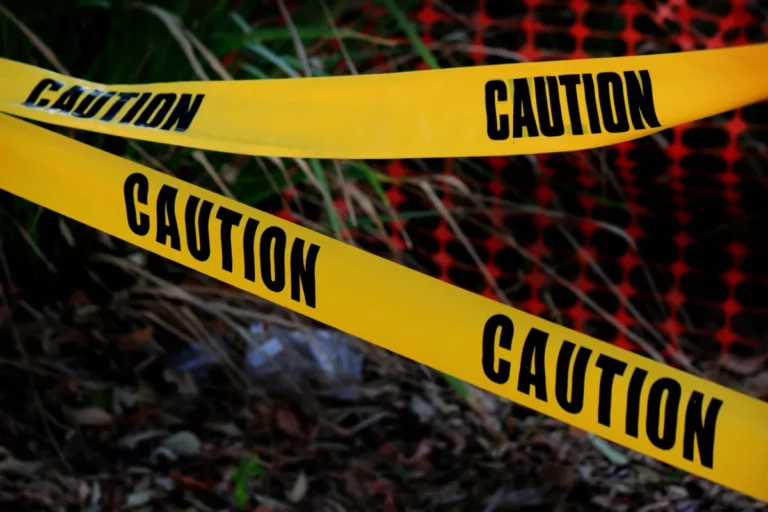WHAT IS OBSCENE DISPLAY OR DISTRIBUTION IN TEXAS?
Texas law prohibits displaying or distributing “obscene material,” such as a photograph, drawing, or other visual representation, if another is present who will be offended or alarmed by the obscenity.

- What is “obscene” in Texas? Pursuant to Texas law, material or a performance is “obscene” if the average person would find it appeals to the “prurient interest in sex,” based on contemporary community standards. Content is also obscene if it lacks serious literary, artistic, political, and scientific value, and depicts or describes “patently offensive representations or descriptions” of:
-
- actual or simulated sex acts such as intercourse, sodomy, or bestiality;
- masturbation;
- excretory functions;
- sadism;
- masochism;
- lewd exhibition of the genitals, in a state of stimulation or arousal;
- covered male genitals in a “discernibly turgid state”; or
- a device designed and marketed as useful primarily for stimulation of the human genital organs.
WHAT IS THE OBSCENE DISPLAY OR DISTRIBUTION LAW IN TEXAS?
Tex. Penal Code § 43.22. OBSCENE DISPLAY OR DISTRIBUTION.
(a) A person commits an offense if he intentionally or knowingly displays or distributes an obscene photograph, drawing, or similar visual representation or other obscene material and is reckless about whether a person is present who will be offended or alarmed by the display or distribution.
(b) An offense under this section is a Class C misdemeanor.
WHAT IS THE PENALTY CLASS FOR OBSCENE DISPLAY OR DISTRIBUTION IN TEXAS?
Obscene display or distribution is a Class C misdemeanor, punishable by a maximum fine of $500.
WHAT IS THE PUNISHMENT RANGE FOR OBSCENE DISPLAY OR DISTRIBUTION IN TEXAS?
Obscene display or distribution, a Class C misdemeanor, carries a fine of up to $500, and no jail time.
WHAT ARE THE PENALTIES FOR OBSCENE DISPLAY OR DISTRIBUTION IN TEXAS?
A person charged with obscene display or distribution may avoid a conviction and be placed on deferred adjudication for a period of up to 180 days. If convicted, the maximum punishment is a $500 fine, with no further community supervision required.
WHAT ARE THE DEFENSES TO OBSCENE DISPLAY OR DISTRIBUTION IN TEXAS?
While obscene material, speech, and expression fall outside First Amendment protections, enforcing obscenity laws often has the effect of censoring protected speech.
- What is the standard for obscenity? What constitutes obscenity is always changing, because it is based on contemporary community standards and the average person’s sensibilities. The Supreme Court has agonizingly attempted to define obscenity for nearly a century, only to conclude it cannot be defined. Justice Stewart famously wrote, “I know it when I see it.” See Jacobellis v. Ohio, 378 U.S. 184 (1964). In Varkonyi v. State, an appellate court upheld a defendant’s obscenity conviction for attaching a pornographic video to an email. The video depicted a woman being sexually penetrated by a pony. The court determined the video, which depicted sexual bestiality, appeals to the prurient interest in sex, shows sexual conduct in a patently offensive way, and lacks serious artistic or scientific value.
- Is pornography illegal under obscenity laws? Not all pornography is obscene. In U.S. v. Playboy, the U.S. Supreme Court explained that most adult pornography, although “highly offensive,” is not legally obscene. The Court also recognized in Sable Communications of California, Inc. v. F.C.C. that “[s]exual expression which is indecent but not obscene is protected by the First Amendment.”Child porn will always be illegal, but adult pornography has become central to mainstream culture. The federal government continues to pursue obscenity cases, but Texas prosecutors have all but abandoned obscenity law.
- Are stripclubs illegal in Texas? It is not a crime per se to own or operate a stripclub, or work as an exotic dancer. Nude and exotic dancing is expressive conduct, thus constitutionally protected under the First and Fourteenth Amendments. See City of Erie v. Pap’s A.M., 529 U.S. 277 (2000); State v. Howard, 172 S.W.3d 190 (Tex. App.—Dallas 2005, no pet.). But the government may enact zoning laws, and other content-neutral regulations.Texas law allows cities to regulate legal “sexually oriented businesses.” Sex parlors, nude studios, adult bookstores, video stores, and movie theaters, and other commercial enterprises selling, renting, or exhibiting devices or other items intended to provide sexual stimulation or gratification are allowed to operate in accordance with applicable city ordinances. See, e.g., Travis County Admin. Code § 250.041.
WHAT IS THE STATUTE OF LIMITATIONS FOR OBSCENE DISPLAY OR DISTRIBUTION IN TEXAS?
The limitation period for obscene display or distribution, a Class C misdemeanor, is two years.
OBSCENE DISPLAY OR DISTRIBUTION IN TEXAS
Obscene material is not protected by the First Amendment. Because of the difficulty in defining obscenity, and the constant shifts in cultural standards, Texas prosecutions of obscenity laws have waned significantly.
















